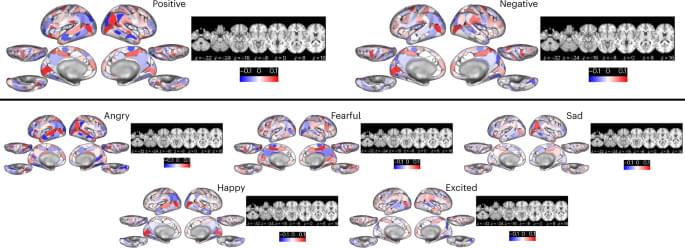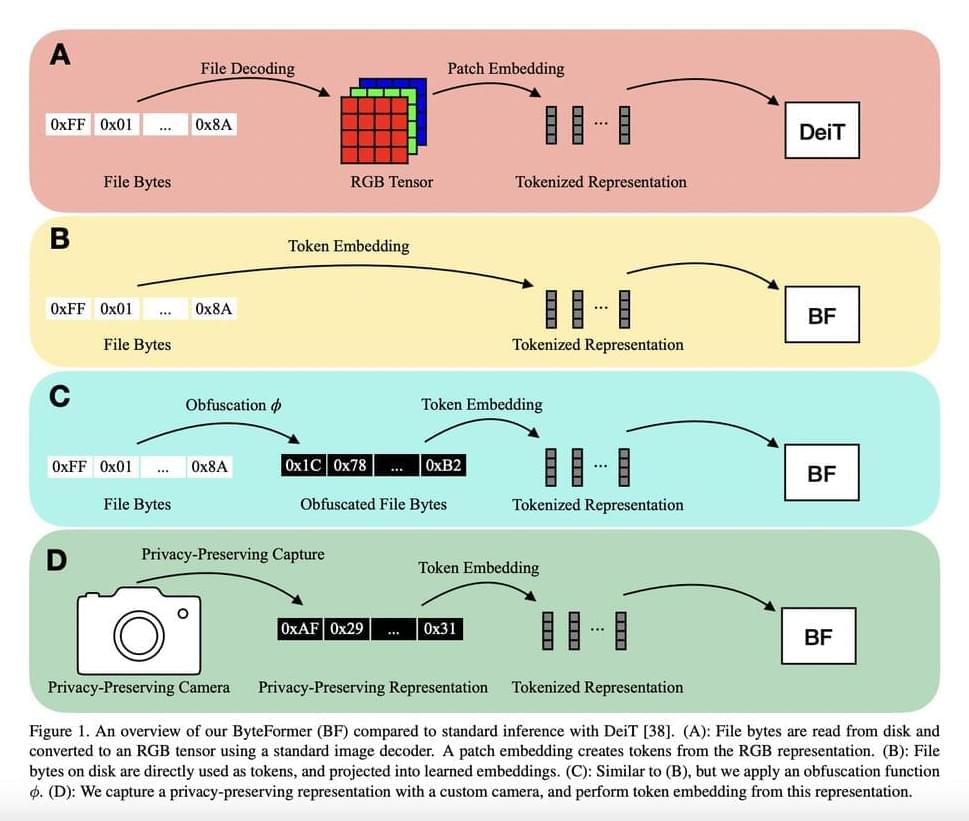Jun 11, 2023
Technology For Technology’s Sake Is The Downfall Of The CIO
Posted by Shubham Ghosh Roy in categories: business, finance, robotics/AI
A unique use case for AI is around enhanced transaction monitoring to help combat financial fraud. Traditional rule-based approaches to anti-money laundering (AML) use static thresholds that only capture one element of a transaction, meaning they deliver a high rate of false positives. Not only is this hugely inefficient, but it can also be very demotivating for staff. With AI, multiple factors can be reviewed simultaneously to extract a risk score and develop an intelligent understanding of what risky behavior looks like. A feedback loop based on advanced analytics means that the more data is collected, the more intelligent the solution becomes. Pinpointing financial crime becomes more efficient and employees also benefit from more free time to focus efforts on other areas of importance like strategy and business development.
Thanks to its ever-increasing applications to evolving business challenges, regulators and financial institutions can no longer turn a blind eye to the potential of AI, with the power to revolutionize the financial system. It presents unique opportunities to reduce the capacity for human error, costing highly regulated industries billions each year.
What’s clear is that some technologies will, over time, become too difficult to ignore. As we saw with the adoption of the cloud, failure to embrace innovative technologies means organizations will get left behind. The cloud was once a pipedream, but now it’s a crucial part of all business operations today. Businesses implemented (or are in the process of implementing) huge digital transformation projects to migrate business processes to the cloud. Similarly, new organizations will kickstart their businesses in the cloud. This is a lesson that technologists must remain alert and continue to keep their finger on the pulse when it comes to incorporating fresh solutions.


















